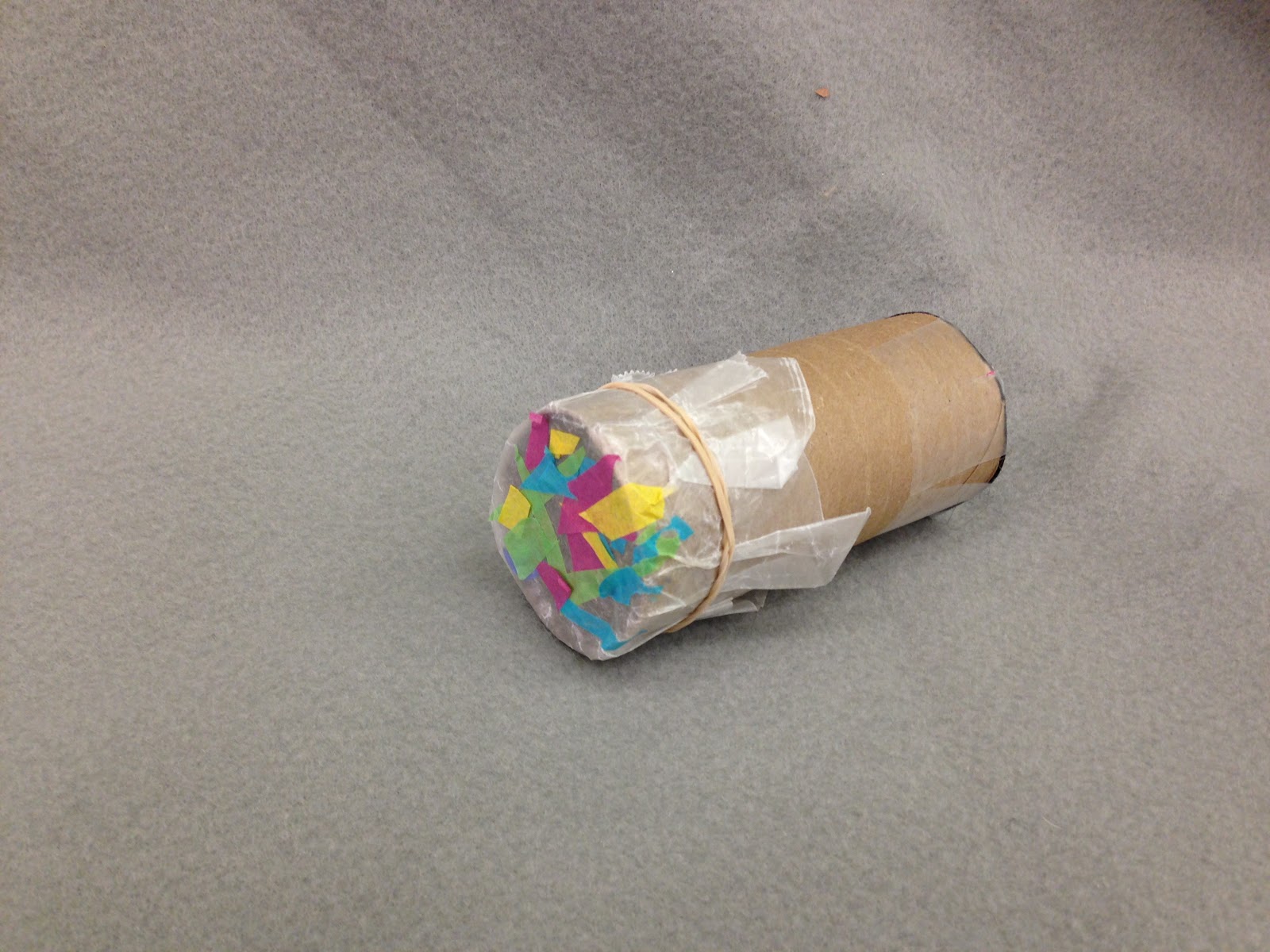


Show students how to listen for a sticky sound that comes when you have the right amount of ink on the brayer, how to roll the inked brayer on the scratch foam, and how to place the square in the bottom right corner of the thick paper.

Line of symmetry is the line you can invisible draw down the center of a piece of art to show reflection.Point out that the line of symmetry is between the two students. To demonstrate, have two students come to the front of class, stand side by side with one arm up and one arm on their hip.This shows reflective symmetry. Reflective symmetry is two images facing each other.

To make clean up easier, use Styrofoam trays for inking the brayers.Displaying this artwork in a hallway as a mural looks particularly good (if you choose this option, offer students color choices from a palette that will look good together).Putting a black dot on a corner of the back of the scratch foam plate is essential for making this project a success.This project looks most like a kaleidoscope image if students use only one color for the four prints. Have students choose one color they will use for their project.Line tables with newsprint for easier clean-up. The inspiration for this project is ceramic pottery and kaleidoscope images. Radial symmetry is used in tile mosaic, pottery, jewelry and ceramic dishes. Symmetry is used in many ways including but not limited to building, architecture, tile-work, math, and industrial design. Symmetrical/Formal Balance: having balance exact appearance on opposite sides of a dividing line or plane. Radial Balance: a type of balance that is equally symmetrical from the center point throughout. If a composition appears top- or bottom-heavy and/or anchored by weight to one side, it is not visually balanced. Principles of Designīalance: a principle of design the arrangement of elements that makes individual parts of a composition appear equally important an arrangement of the elements to create an equal distribution of visual weight throughout the format or composition. The important thing about lines is that one end of the line does not connect to the other end. Lines can be zig-zag, wavy, rounded, horizontal, vertical, diagonal. Line can also be defined as drawing from one point to another point. Line: an element of visual arts the flat path of a dot through space used by artists to control the viewer’s eye movement a long narrow mark or stroke made on or in a surface a thin mark made by a pencil, pen, or brush.


 0 kommentar(er)
0 kommentar(er)
